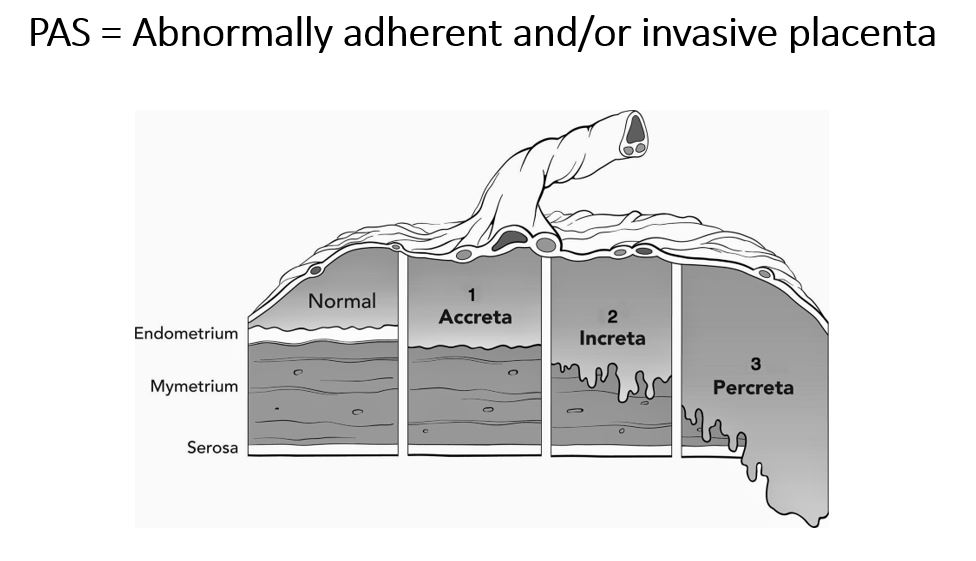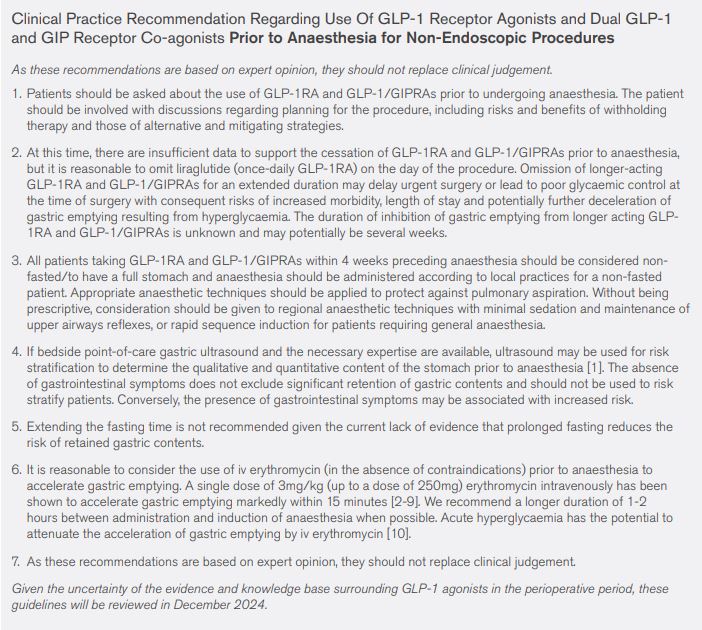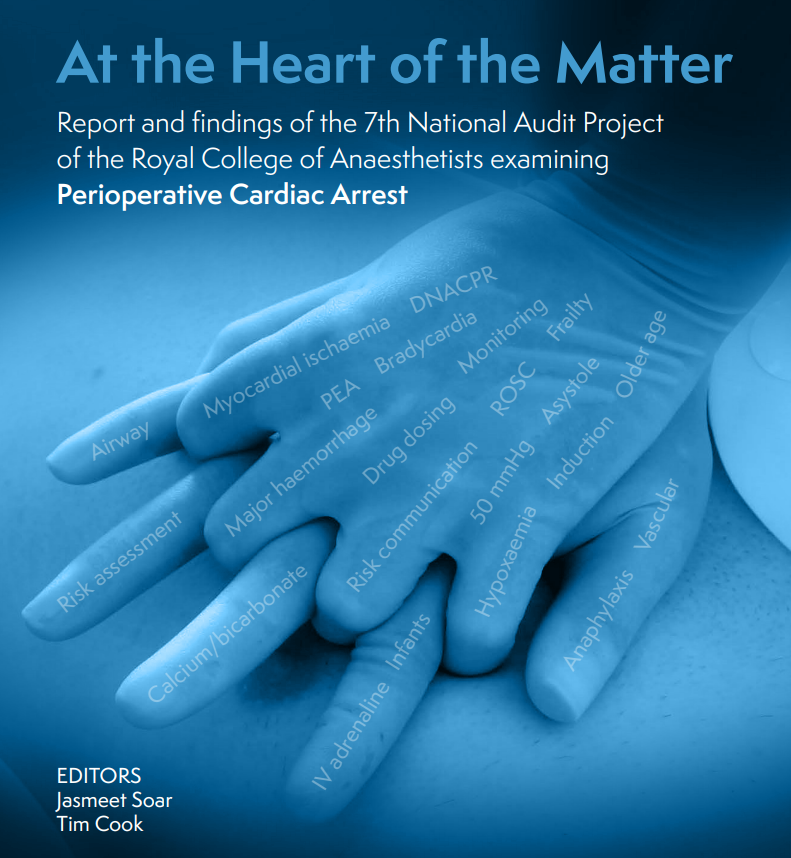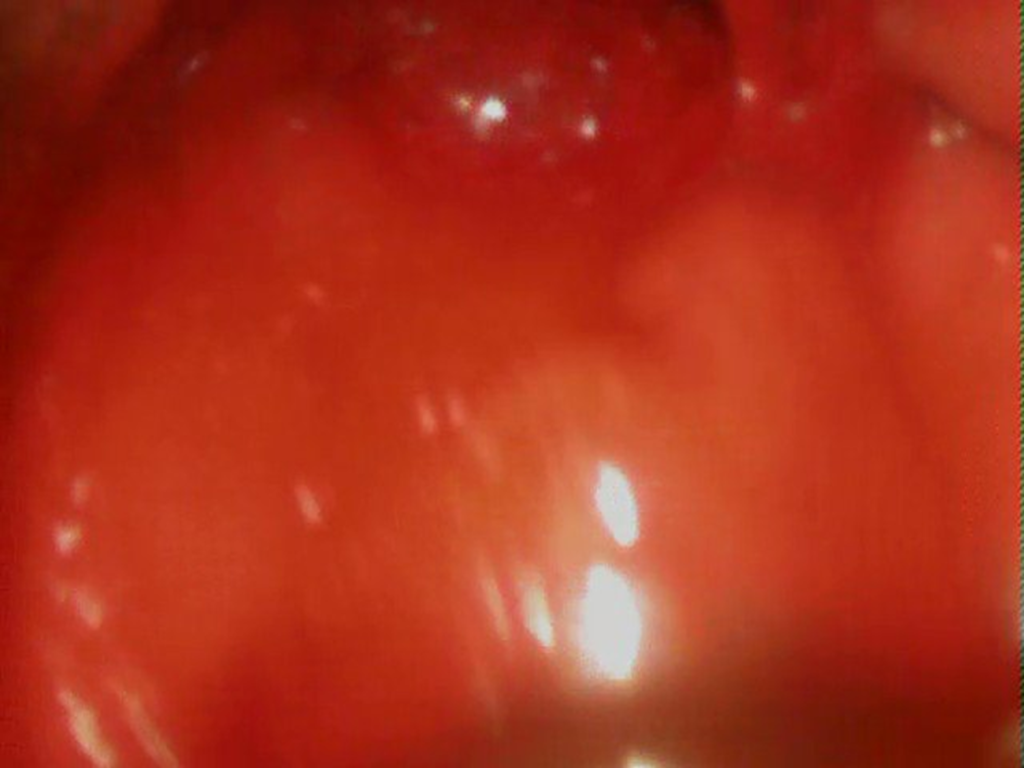
Obsgynaecritcare
Roger Browning - Anaesthetist
Obsgynaecritcare - critical care, anaesthesia and pain medicine in O&G
- 53 minutes 11 seconds140 The Placenta Accreta Spectrum Team at KEMH Part two.
Hi Everyone,
Welcome to Part Two of our discussion with two of the founding members of the Placenta Accreta Spectrum Team here at KEMH Dr Matt Epee-Bekima and Dr David Owen. This team was conceived in 2017 and began operating in 2018 – and has now cared for over 75 women with PAS – including 24 alone this year (2024). In this episode we continue our initial discussion with a more detailed dive into:
- Surgical management – team members, techniques and approach
- Techniques for catastophic bleeding – manual aortic compression, vascular clamping, interventional radiology
- Postpartum issues
- Controversies (ICU vs HDU, leaving placenta in -situ)
- Thoughts for the future
Thanks Matt & David for sharing the experiences and knowledge learnt by the PAS team over the last 7 years.


References
23 December 2024, 7:24 am - 40 minutes 40 seconds139 The Placenta Accreta Spectrum Team at KEMH Part one


Hi Everyone,
This week I had the privilege of sitting down and recording two fascinating episodes with two of the founding members of the Placenta Accreta Spectrum Team from here at KEMH, Dr Matt Epee-Bekima and Dr David Owen. In this first episode we discuss the following:
- Definitions and pathology of placenta accreta spectrum
- What is the story behind the formation of the PAS team?
- Screening / Identification / Diagnosis and referral
- The optimisation and planning of the patient’s journey.
References
King Edward Memorial Hospital website – The Placenta Accreta Spectrum guideline
18 December 2024, 5:45 am - 32 minutes 24 seconds138 Journal club with Graeme IJOA Nov 2024
Hi Everyone,
Join Graeme and I as we discuss two articles chosen from last months edition of IJOA (International Journal of Obstetric Anesthesia). In the first we discuss an article exploring whether the use of intermittent calf compression can reduce hypotension and vasopressor use in women undergoing caesarean section under spinal anaesthesia. The second article looks at the utility of preoperative electrical stimulation of acupressure points prior to caesarean section reduces postoperative pain and improves the quality of maternal recovery. There’s a sprinkling of our usual dad jokes at the end.
For regular listeners to the show join us again later this month when we hopefully will have a couple of episodes dedicated to the management of placenta accreta spectrum and an interview with the founders of the placenta accreta service setup 7 years ago here at KEMH – see you then!
References
9 December 2024, 6:16 am - 44 minutes 10 seconds137 GLP1 agonists and anaesthesia a discussion with Erin

The next patient on your elective list arrives in theatre. She is a 35 year old woman booked for hysteroscopy to investigate her menorrhagia. She has no co-morbidities so wasn’t seen preoperatively in a clinic. She tells you that she has no medical problems but did start on Wegovy for weight loss about 4months ago and has now lost about 12kg. She hasn’t eaten anything since 9pm last night – it is now 10am. You were planning a general anaesthetic and a supra-glottic device, but now you’re not sure what you should do?
Hi everyone,
This week I am joined by Erin and we discuss in detail the perplexing topic of GLP1 receptor agonists. These new wonder weight loss drugs seem to be all the rage and certainly things look rosy if you have shares in Novo Nordisk (the manufacturer). However they are not so great if you provide anaesthesia…. We discuss their relationship with delayed gastric emptying and the risk of aspiration.
References
ANZCA GLP1 clinical practice recommendation June 2024
ASA consensus based guidance on preoperative management of GLP1 agonists Feb 2024
Gastricultrasound.org. – This is the best resource available (our humble opinion) if you want to upskill yourself to be able to assess the contents of the stomach.
ANZCA clinical practice recommendation summary – June 2024 see below
 22 October 2024, 5:54 am
22 October 2024, 5:54 am - 52 minutes 53 seconds136 Total spinal anaesthesia with Graeme

Your patient arrives in the anaesthetic room next to theatre, she’s booked for a non elective caesarean for failure to progress. She has an epidural in situ and you decide try to top it up – however after 25ml of lignocaine 2% with adrenaline and around 20min of waiting the block is stuck at the umbilicus and she can still move her legs relatively freely. This is obviously not going to be adequate – she is adamant she wants to be awake to see her baby born. You sit her up, pull out the epidural and do a single shot spinal with 2.1ml of heavy bupivacaine 0.5% + fentanyl 15mcg – after all you don’t want this block to fail as well!
You clean her back, lie her down and turn to talk to the midwife. When you turn back to the patient 30s later she looks a little purple and isn’t breathing…….
Hi everyone join Graeme and I this week as we discuss total spinal anaesthesia – a fascinating but somewhat scary rare emergency which can occur when we use regional anaesthesia in obstetric practice.
A big shout out to the team from Rotunda Hospital in Dublin who wrote the recent narrative review published in IJOA on this topic!
References
- Total spinal anaesthesia following obstetric neuraxial blockade: a narrative review Radwan, M.A. et al.International Journal of Obstetric Anesthesia, Volume 59, 104208
- Sobhy S, Zamora J, Dharmarajah K, Arroyo-Manzano D, Wilson M, Navaratnarajah R, Coomarasamy A, Khan KS, Thangaratinam S. Anaesthesia-related maternal mortality in low-income and middle-income countries: a systematic review and meta-analysis. Lancet Glob Health. 2016 May;4(5):e320-7. doi: 10.1016/S2214-109X(16)30003-1. PMID: 27102195.
15 October 2024, 3:36 am - 38 minutes 40 seconds135 The EXIT procedure with Lloyd Green

What is the EXIT procedure? Who is it used for and how do we do it?
In our institution this procedure only occurs on average every 3-4 years. It is an event where a large diverse group of individuals, who often have never met each other, come together for a brief period of time to work as a highly complex team to achieve a great result for both the mother and baby.
Join Lloyd and I as we do a deep discussion on this uncommon but challenging multi-disciplinary procedure.
References
Maternal anesthesia for EXIT procedure: A systematic review of literature.
16 September 2024, 4:06 am - 134 Journal Club – a discussion of the 2023 Gerard Ostheimer lecture with Matt Rucklidge
Hi Everyone,
This week Matt and I agreed to get together to do another journal club episode (or more accurately I printed out an article, put it in Matt’s pigeon hole and told him to make himself available or else!).
We went to one of our favourite journals IJOA (International Journal of Obstetric Anesthesia), where we chose an article from the latest edition published in May.
The article is entitled “A narrative review of the literature relevant to obstetric anesthesiologists: the 2023 Gerard Ostheimer lecture.”
The background to this article is that every year the north american Society of Obstetric Anesthesia and Perinatology (SOAP) hold an annual conference. One of the highlights of these annual conferences is this lecture which is researched and then presented by a well respected obstetric anesthesiologist from the north american community. The lecture is a narrative review of the previous years published literature highlighting important papers and discussing their importance and relevance particularly in relation to current north american practice.
This year’s lecture was presented by Pervez Sultan from Stanford University, and it is drawn from a review of articles published in 2022 from 66 different journals. Over 12 different themes are discussed including (but not limited to) TIVA for GA Caesareans, dexamethasone for post CS analgesia, predicting epidural blood patch success, dural puncture epidurals and a number of other interesting topics.
Join Matt and I as we discuss these and muse over what relevance they may have to our current practice here in Western Australia as well as a couple terrible olympic themed dad jokes to close!
References / Links
A narrative review of the literature relevant to obstetric anesthesiologists: the 2023 Gerard W. Ostheimer lecture Int J Obstet Anesth 2024 May:58:103973. doi: 10.1016/j.ijoa.2023.103973. Epub 2024 Jan 3.
31 July 2024, 8:52 am - 44 minutes 50 seconds133 NAP7 a discussion and review with Jacob
Hi everyone,
This week I sit down with Jacob one of the provisional fellows in our department and we discuss the findings from the latest UK National Audit Project – NAP7 – which this time investigated Perioperative cardiac arrest.

REFERENCES
25 July 2024, 5:37 am - 46 minutes 52 seconds132 The soiled airway with Nathan Blakely
A woman collapses with abdominal pain in a restaurant & then the initial evaluation in the ED she is diagnosed with suspected ruptured ectopic pregnancy. She is brought straight into your theatre and you perform a rapid sequence induction. You place your video laryngoscope into her mouth and all you see is vomitus and fluid, your yankauer sucker is blocked with food and doing nothing…………
Hi everyone,
This week I am joined by Dr Nathan Blakely one of our enthusiastic trainees to discuss an area he has taken a personal interest in —- the management of the soiled airway.
Thanks Nathan!
Blood in Airway:






Useful Links / References
https://youtu.be/Jaq-vHbcGi0 https://youtu.be/oMXkGgoRMpE- Cook T, Woodall N, Frerk C, Project FNA. Major complications of airway management in the UK: results of the Fourth National Audit Project of the Royal College of Anaesthetists and the Difficult Airway Society. Part 1: anaesthesia. British journal of anaesthesia. 2011;106(5):617-31.
- Kei J, Mebust DP. Comparing the effectiveness of a novel suction set-up using an adult endotracheal tube connected to a meconium aspirator vs. a traditional Yankauer suction instrument. The Journal of emergency medicine. 2017;52(4):433-7.
- Andreae M, Cox R, Shy B, Wong N, Strayer R. 319 Yankauer outperformed by alternative suction devices in evacuation of simulated emesis. Annals of Emergency Medicine. 2016;68(4):S123.
- Cox R, Andreae M, Shy B, DuCanto J, Strayer R. Yankauer suction catheters with “safety” vent holes may impair safety in emergent airway management. The American Journal of Emergency Medicine. 2017;35(11):1762-3.
- Nikolla DA, King B, Heslin A, Carlson JN. Comparison of Suction Rates Between a Standard Yankauer, a Commercial Large-Bore Suction Device, and a Makeshift Large-Bore Suction Device. The Journal of Emergency Medicine. 2021;61(3):265-70.
- Weingart SD, Bhagwan SD. A novel set-up to allow suctioning during direct endotracheal and fiberoptic intubation. Journal of clinical anesthesia. 2011;23(6):518-9.
- Han S, Fisher JA. Airway Management During Persistent Flooding Of the Oropharyngeal Airway.
- DuCanto J, Serrano KD, Thompson RJ. Novel airway training tool that simulates vomiting: suction-assisted laryngoscopy assisted decontamination (SALAD) system. Western Journal of Emergency Medicine. 2017;18(1):117.
- Root CW, Mitchell OJ, Brown R, Evers CB, Boyle J, Griffin C, et al. Suction Assisted Laryngoscopy and Airway Decontamination (SALAD): A technique for improved emergency airway management. Resuscitation Plus. 2020;1:100005.
- Chrimes N. The Vortex: a universal ‘high-acuity implementation tool’for emergency airway management. BJA: British Journal of Anaesthesia. 2016;117(suppl_1):i20-i7.
- Finke S-R, Schroeder DC, Ecker H, Böttiger BW, Herff H, Wetsch WA. Comparing suction rates of novel DuCanto catheter against Yankauer and standard suction catheter using liquids of different viscosity—a technical simulation. BMC anesthesiology. 2022;22(1):285.
15 July 2024, 2:14 am - 32 minutes 26 seconds131 Hyperkalaemia in Pre Eclampsia a discussion with Natalie Smith

As the DA you are paged to come to PACU to review a patient with pre-eclampsia who has just had a PPH and a repair of a perineal tear after delivering in labour ward. The O&G team ordered a VBG because she was febrile and they want to assess her lactate and start her on some antibiotics. The O&G registrar is concerned however because her potassium / K has come back as 7.8 mmol/L….
Join Natalie and I as we discuss the issue of hyperkalaemia specifically in the context of women suffering from pre-eclampsia. Why are they at risk of this important electrolyte abnormality and what are the principles of management?
We also review a recent paper addressing some of the myths surrounding the treatment of acute hyperkalaemia (thanks to Casey at Broomedocs.com for bringing this paper to our attention).
Useful References
Gupta AA, Self M, Mueller M, Wardi G, Tainter C. Dispelling myths and misconceptions about the treatment of acute hyperkalemia. Am J Emerg Med. 2022 Feb;52:85-91. doi: 10.1016/j.ajem.2021.11.030. PMID: 34890894
LITFL, ECG library, Hyperkalaemia
https://litfl.com/hyperkalaemia-ecg-libraryA case of probable labetalol induced hyperkalaemia in pre-eclampsia. https://pubmed.ncbi.nlm.nih.gov/25370900
Hypocalcaemia and hyperkalaemia during magnesium infusion therapy in a pre-eclamptic patient https://www.ncbi.nlm.nih.gov/pmc/articles/PMC4614650
Oh’s Intensive Care Manual. 7th Edition. Chapter 93 – Fluid and Electrolyte Therapy. Bersten A, Soni N et al. 2014.
18 June 2024, 6:11 am - 30 minutes 25 seconds130 Coagulopathy in abruption a discussion with GraemeYou receive a page from labour ward. A woman at 35/40 weeks gestation has just arrived in the hospital very distressed in a lot of pain. A quick bedside ultrasound by the obstetric team has unfortunately demonstrated a large abruption and fetal death in utero. She is contracting strongly and beside herself in pain, the team would like you to come down and place an epidural for analgesia. The team are hoping she will deliver vaginally in the next few hours. What is your approach in this situation? Join Graeme and I as we discuss this complex and challenging clinical condition and the coagulopathy that can occasionally occur. Here is a link to cases we have had in the past here at KEMH in the ROTEM Real Cases Discussed section: Case 6 - Abruption and fetal death in utero Case 11 - Abruption and severe coagulopathy References Coagulopathy and placental abruption: changing management with ROTEM-guided fibrinogen concentrate therapy 2015 Liverpool Womens Hospital - this is not open access but available through the ANZCA library or your hospital library. It contains 4 very interesting case reports Fibrinolytic and thrombotic DIC an explanation 2023 - This paper explains how there are two types of DIC one predominantly causing microvascular thrombosis and eventually factor depletion. The second which is possibly the mechanism seen in some abruptions is massive activation of fibrinolysis and fibrinogenolysis. WARNING this paper is highly technical!5 June 2024, 3:06 am
- More Episodes? Get the App
Your feedback is valuable to us. Should you encounter any bugs, glitches, lack of functionality or other problems, please email us on [email protected] or join Moon.FM Telegram Group where you can talk directly to the dev team who are happy to answer any queries.